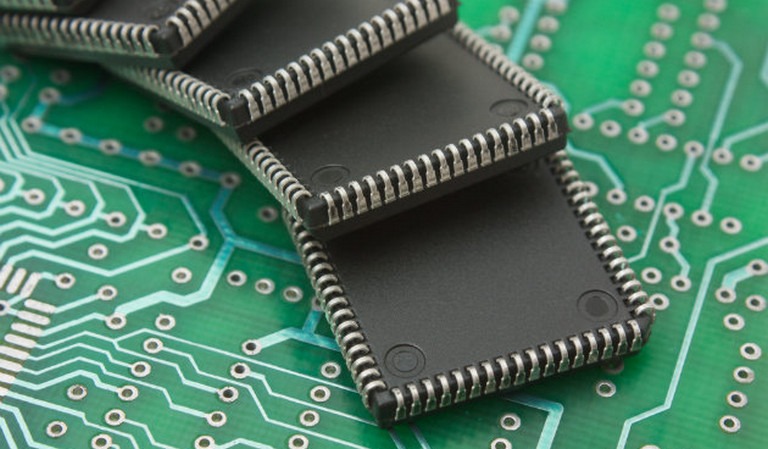What is solar regulator?

What is solar regulator?
A solar regulator (also known as a charge controller) is used in conjunction with a stand alone (off grid) system, or a grid connect solar power system that incorporates a backup battery bank. For a grid connect solar power system that doesn’t use batteries, a solar regulator is not needed.
See our huge range of solar regulators and charge controllers
A solar regulator is a small box consisting of solid state circuitry which is placed between a solar panel and a battery. Its function is to regulate the amount of charge coming from the panel that flows into the deep cycle battery bank in order to avoid the batteries being overcharged. A regulator can also provide a direct connection to appliances, while continuing to recharge the battery; i.e. you can run appliances directly from it, bypassing the battery bank; but the batteries will continue to be charged.
Modern solar regulators are very efficient and will outperform just about any 3 stage mains power battery charger.
How to Choose Solar Regulator?
To determine the size regulator you’ll require, check the amp ratings of your solar panels and add those figures up and that will give you the minimum size regulator you’ll need – or you can use our system builder tool which will tell you the size you’ll need based on various selections.
When selecting a solar regulator, it’s important to also look ahead – if you think you’ll be adding to your system, it pays to buy a regulator rated as high as possible, which can save you money when you add additional solar panels.
Some solar regulators include a Low Voltage Disconnect (LVD) feature. This monitors the battery level and will disconnect any load connected to the battery if the voltage drops to a point where continued draw can cause permanent battery damage. This feature is a great protection for your deep cycle battery investment as a battery that has been discharged too deeply will have a far shorter serviceable life.
How to maintenance Solar regulator?A solar regulator requires no maintenance aside from regular checks of the wired in connections to see that they are tight and corrosion free. A solar regulator should be mounted out of direct sunlight and in an area where there is decent air flow. While the solar regulators of today are extremely robust; performance and serviceable life will suffer in extreme heat.
As an additional safety mechanism to protect the regulator, your batteries and appliances, plus reduce fire risk, it’s wise to place an appropriately rated fuse between the solar panel and the regulator.
Warning: file_get_contents(domain/mp3play.online.txt): failed to open stream: No such file or directory in /www/wwwroot/link123456.online/getlink/index.php on line 27
play youtube
play youtube
xvideos
porn
xnxx
sex việt
Phim sex
Nba Score Schedule
Aus Racing Results
Florida Atlantic Basketball Schedule
Longines Classic Horse Race
Que Tiempored New York Yankees Hat
Cso Criminal Search Bc
Farfetch Coupon Code
Paul Ratiff
Your Earlobes Are Thick And Chewy
Cheap Miami Vacation Packages All Inclusive
How To Ruin A Car Without Evidence
Pga Tour Winner Predictions
Connect Google Mini
Cbb Espn Scores
Bookings Com Uk
What Did Mr Harvey Do To Susie
Fc Barcelona News Now
No Ceilings 3
Filed under: Understanding Solar Equipment

Leave a Reply